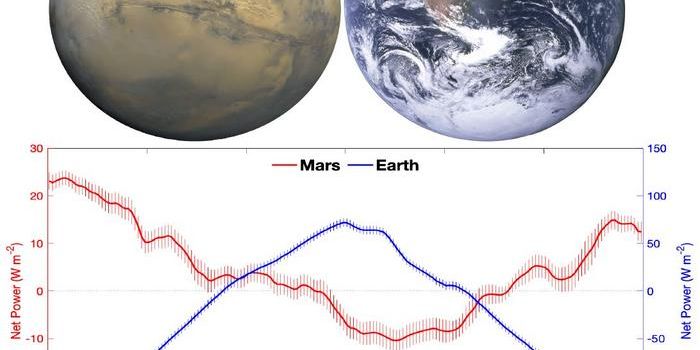Theory Developed to Investigate "Quantum Light"
In a recent study published in Nature Physics, an international team of researchers led by Harvard University have developed a theory that describes controlling a new state of light which they refer to as “quantum light” and holds the potential to examine new attributes of matter at the atomic level.
While classical physics makes up the observable world around us, the realm of quantum physics makes up the world at the atomic level, and this is where the laws of classical physics tend to not apply.
"Light is no exception: from sunlight to radio waves, it can mostly be described using classical physics," said Dr Andrea Pizzi, who is at Harvard University but carried out the research at the University of Cambridge's Cavendish Laboratory, and is lead author of the study. "But at the micro and nanoscale so-called quantum fluctuations start playing a role and classical physics cannot account for them."
Dr. Pizzi conducted an international collaboration between the Technion-Israel Institute of Technology, the Massachusetts Institute of Technology, and the University of Vienna to produce a theory that could predict a new method of harnessing the quantum environment of light, which they refer to as “quantum light”.
"Quantum fluctuations make quantum light harder to study, but also more interesting: if correctly engineered, quantum fluctuations can be a resource," said Dr. Pizzi. "Controlling the state of quantum light could enable new techniques in microscopy and quantum computation."
Light is traditionally generated using strong lasers which energize electrons when pointed at a series of emitters, thus turning low-frequency input light into high-frequency output radiation.
"The assumption has been that all these emitters are independent from one another, resulting in output light in which quantum fluctuations are pretty featureless," said Dr. Pizzi. "We wanted to study a system where the emitters are not independent but correlated: the state of one particle tells you something about the state of another. In this case, the output light starts behaving very differently, and its quantum fluctuations become highly structured, and potentially more useful."
Using a combination of computer simulations and theoretical analysis, the researchers used correlated emitters to describe the output light with quantum physics. This theory demonstrates that a strong laser combined with correlated emitters could be used to control light at the quantum level, which could be used to develop the quantum-optical makeup of X-rays.
Sources: Nature Physics, University of Cambridge
As always, keep doing science & keep looking up!









